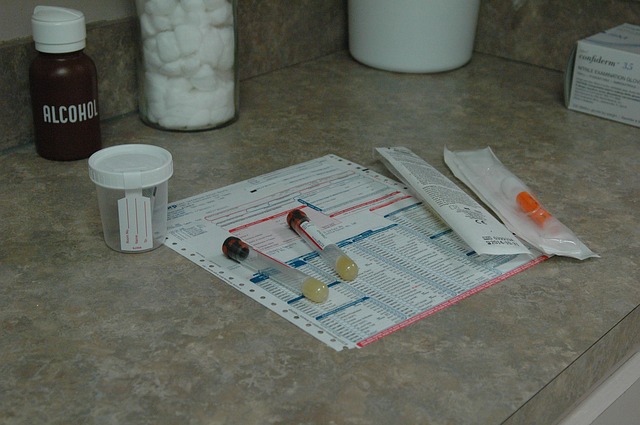Glucose values obtained during routine blood tests are often overlooked, but could provide valuable insight into whether someone is at risk for having type 2 diabetes, researchers have discovered.
Random Blood Glucose (RBG) values – in which the clinician is unaware of when the patient last ate – account for the majority of glucose tests in clinical practice. Current guidelines do not call for using RBG values as a screening test for diabetes and do not consider higher levels an indicator of diabetes risk.
But they should, said Dr. Michael Bowen, Assistant Professor of Internal Medicine, Clinical Sciences, and Pediatrics at UT Southwestern, and lead author of a new study in the Journal of Clinical Endocrinology and Metabolism.
“Our results provide compelling evidence that a single, elevated random blood glucose value is a strong risk factor for diabetes,” said Dr. Bowen, Dedman Family Scholar in Clinical Care at UT Southwestern. “After adjusting for traditional diabetes risk factors, we found that individuals with a single random glucose value greater than or equal to 100 milligrams per deciliter (mg/dL) were 20-times more likely to have undiagnosed diabetes compared with those whose values were less than 100 mg/dL.”
The study was based on analysis of data from 13,792 participants in the 2005-2010 National Health and Nutrition Examination Surveys, which tested participants for diabetes as part of the survey. Researchers examined the association between random blood glucose and a patient’s diabetes status in patients without diagnosed diabetes.
“We shouldn’t ignore these values. If we do, we are missing an opportunity to identify patients at high risk for diabetes,” Dr. Bowen said.
Continue Reading Below ↓↓↓
Those with even modest elevations in random blood glucose (RBG), between 100 to 119 milligrams per deciliter (mg/dL), were seven-times more likely to have diabetes, according to the study.
As that number rose, so did the risk. Those with RBG values of 120 to 139 mg/dL were 30-times as likely to have undiagnosed diabetes.
Individuals with values under 100 mg/dL served as a reference point and were not considered at risk.
The American Diabetes Association recommends screening for anyone over age 45, or for a person of any age if their body mass index (BMI) is greater than 25 and they have another risk factor, such as a family history of diabetes. The U.S. Preventive Services Task Force recommends screening for those with high blood pressure.
Three tests are available to screen for and diagnose diabetes:
- a fasting glucose blood test (a value of 126 mg/dL or higher is considered diagnostic)
- a hemoglobin A1c blood test
- a glucose tolerance test
“Because the vast majority of patients have random blood glucose values in their electronic medical records, there is an opportunity to utilize existing data to prompt a conversation with the patient about testing for diabetes,” Dr. Bowen said.
Other contributing authors from UT Southwestern included senior author Dr. Ethan Halm, Professor of Internal Medicine and Clinical Sciences, who holds the Walter Family Distinguished Chair in Internal Medicine in Honor of Albert D. Roberts, M.D.; Dr. Lei Xuan, a biostatistical consultant in Clinical Sciences; and Dr. Ildiko Lingvay, Associate Professor of Internal Medicine and Clinical Sciences.
Support or resources for this work came from the UT Southwestern Center for Patient-Centered Outcomes Research, the UT Southwestern National Center for Advancing Translational Sciences, the Dedman Family Scholars in Clinical Care, and the National Institutes of Health.
Source: UT Southwestern











